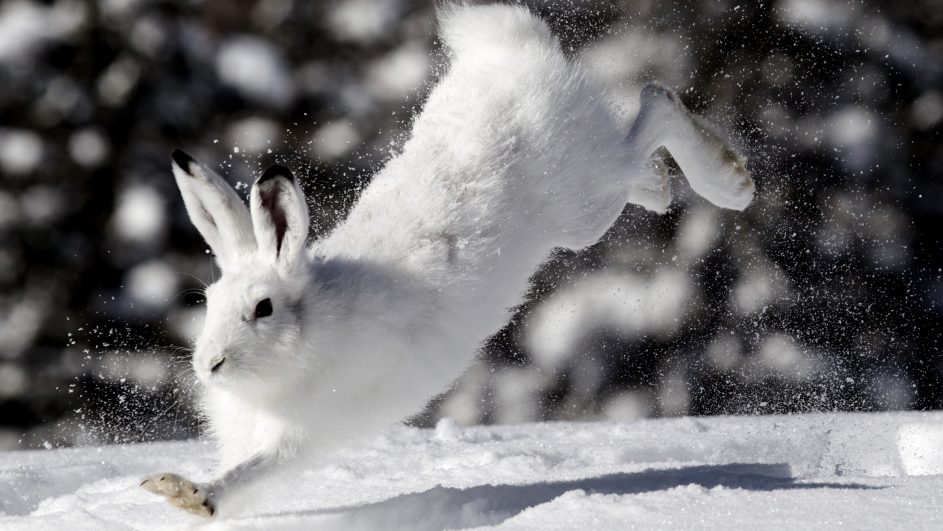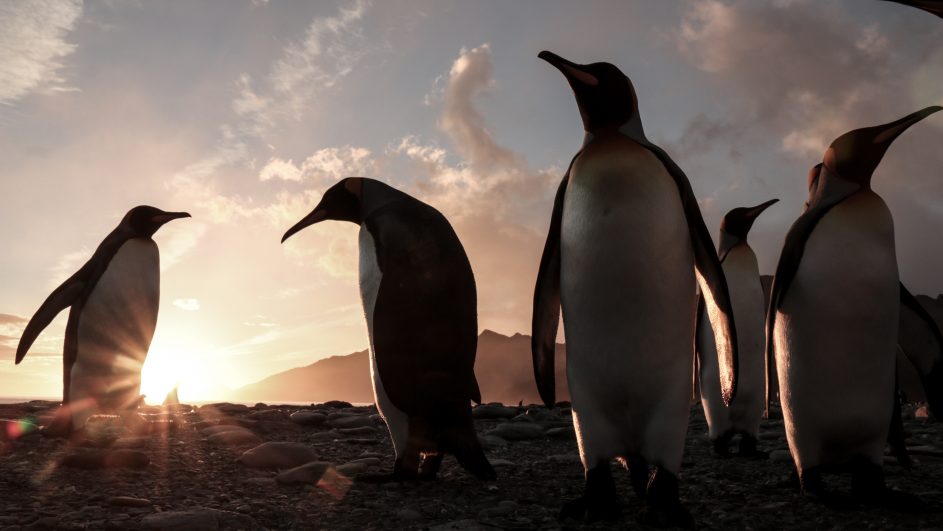Nature
It’s a wild Christmas
Synopsis
Wintertime, high up north. Glittering frost covers the ground; drifting snowflakes fill the air. It’s a time to rest, save energy and take life slow; for humans, animals and plants. Or is it?
Wintertime in Earth’s northern hemisphere simply means one thing – it’s summer in the southern half of our planet! While polar polar nights engulf the extreme north, the south enjoys – or suffers from – sizzling spells of weather.
Imagine: tall grass sways in a summer breeze; enter – a snow-white wallaby. That’s as Christmassy as it gets around here in the eastern part of Tasmania. In late December temperatures average around 25 degrees Celsius. Even though their optical disguise is far from perfect, these marsupials have no problem surviving. Tasmania is low on wallaby-hunting predators, and so, although the albino wallaby’s snow-white fur stands out against the field of green grass, it can stop for a minute; enjoy the cooling breeze without fear of attack.
Back in the North, surviving Christmas requires special skills – skills that dall sheep, snow hares and bison have mastered.
And Christmas time brings new family additions! In Canada, a grey jay has made its nest in the icy cold. While other animals still hibernate or flee to warmer, more southern regions, these birds make clever use of local conditions. They build their nests facing the southwest so they have a better chance of catching the rare, precious rays of the winter sun in this land devoid of warmth. When their chicks hatch, they’ll be amongst the first in the forest – an advantage over their competitors.
Far away in the south, one of the last stops before the Antarctic – a little island covered in glaciers at the other end of the world: South Georgia. Around Christmas, this is a summer paradise for some two million king penguins. It is their most important breeding ground – and soon, chicks will be everywhere. For Christmas dinner, cold, fresh fish pulp is served – as starter, main dish and desert..
Around the globe, colourfully decorated trees are a popular way to celebrate Christmas around the globe. But on the Great Barrier Reef, a very special type of animal takes on the role – the Christmas tree worm! At home amidst the beautiful hues of the coral reef, this worm adds yet another flamboyant splash of colour with its feather-like tentacles shaped like Christmas trees.
From Alaska to the tropics, all of nature celebrates life on a wild, silent Christmas night.
A production of Terra Mater Factual Studios in association with SWR





